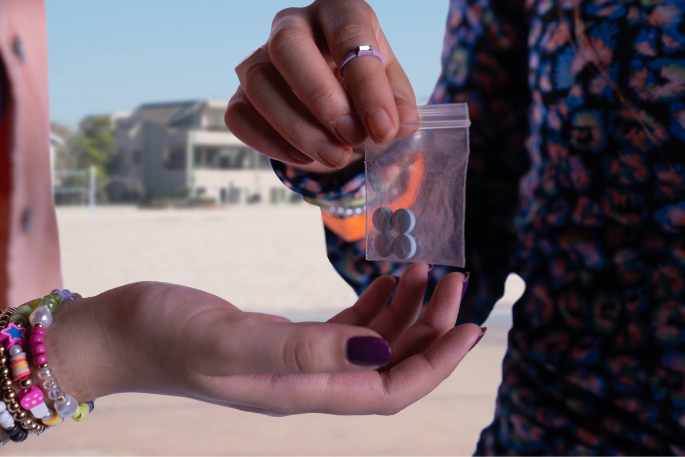Fentanylis closer than you think
Even if you think not my kid, it could be their friends. Teens are at that age where they want to experiment and have fun. They aren’t thinking that a drug could be laced with fentanyl, let alone that they could accidentally overdose.
Fentanyl is everywhere
All parents and caregivers should be concerned about fentanyl. If your child is offered a pill or powder, there’s a high chance it could be laced. It only takes a few salt-sized grains to overdose.
Drugs are one tap away
Getting drugs online is too easy. Dealers will often use drug-related emojis to sell on social media or online. Learn more about emoji codes to protect your child.
Talk Before They’re Offered Drugs
Before they start going to concerts and parties, start talking to them about fentanyl-laced drugs. Create a safe space so they can open up about drugs and everything they’re going through. For more information, check out Talking to Parents and Youth About Fentanyl.
Show That You Care
Give Them Naloxone
Be Clear About Expectations
Ask What They Know
Go Through Scenarios
Avoid Lecturing Them
Discuss Any Family History
Be a Reliable Source
Protect Your Child
From Fentanyl
Accidental overdoses are happening every day. Teach them the signs, what to do, and how to use naloxone so they’re prepared to save a friend’s life.
Articles
Sources
- California Department of Public Health. (n.d.). Fentanyl testing to prevent overdose: Information for people who use drugs and healthcare providers.
- Centers for Disease Control and Prevention. (2021). Preventing opioid overdose.
- National Institute on Drug Abuse. (2022). Naloxone DrugFacts.
- Centers for Disease Control and Prevention. (n.d.). Naloxone: Family and caregivers, what you need to know about naloxone.
- County of Los Angeles Public Health. (n.d.). Los Angeles County substance use treatment services.
- County of Los Angeles Public Health. (n.d.). Fentanyl.
- County of Los Angeles Public Health. (2023). Data report: Fentanyl overdoses in Los Angeles County.
- County of Los Angeles Public Health. (n.d.). Fentanyl and overdoses in Los Angeles County: A resource toolkit for parents.
- County of Los Angeles Public Health. (n.d.). Fentanyl in Los Angeles County. Recover LA.
- County of Los Angeles Public Health. (n.d.). Substance Abuse Prevention and Control: Harm reduction.
- U.S. Drug Enforcement Administration. (2022). What every parent and caregiver needs to know about fake pills.
- DOPE Project. (2020). Fentanyl use and overdose prevention tips. National Harm Reduction Coalition.
- Substance Abuse and Mental Health Services Administration. (2023). Opioid overdose.
- Stanford University. (n.d.). Talking to your college student about alcohol: A parent/guardian guide.
- U.S. Food and Drug Administration. (2020). FDA recommends health care professionals discuss naloxone with all patients when prescribing opioid pain relievers or medicines to treat opioid use disorder.
- U.S. Drug Enforcement Administration. (2024). Year in review: DEA innovates to fight fentanyl.




